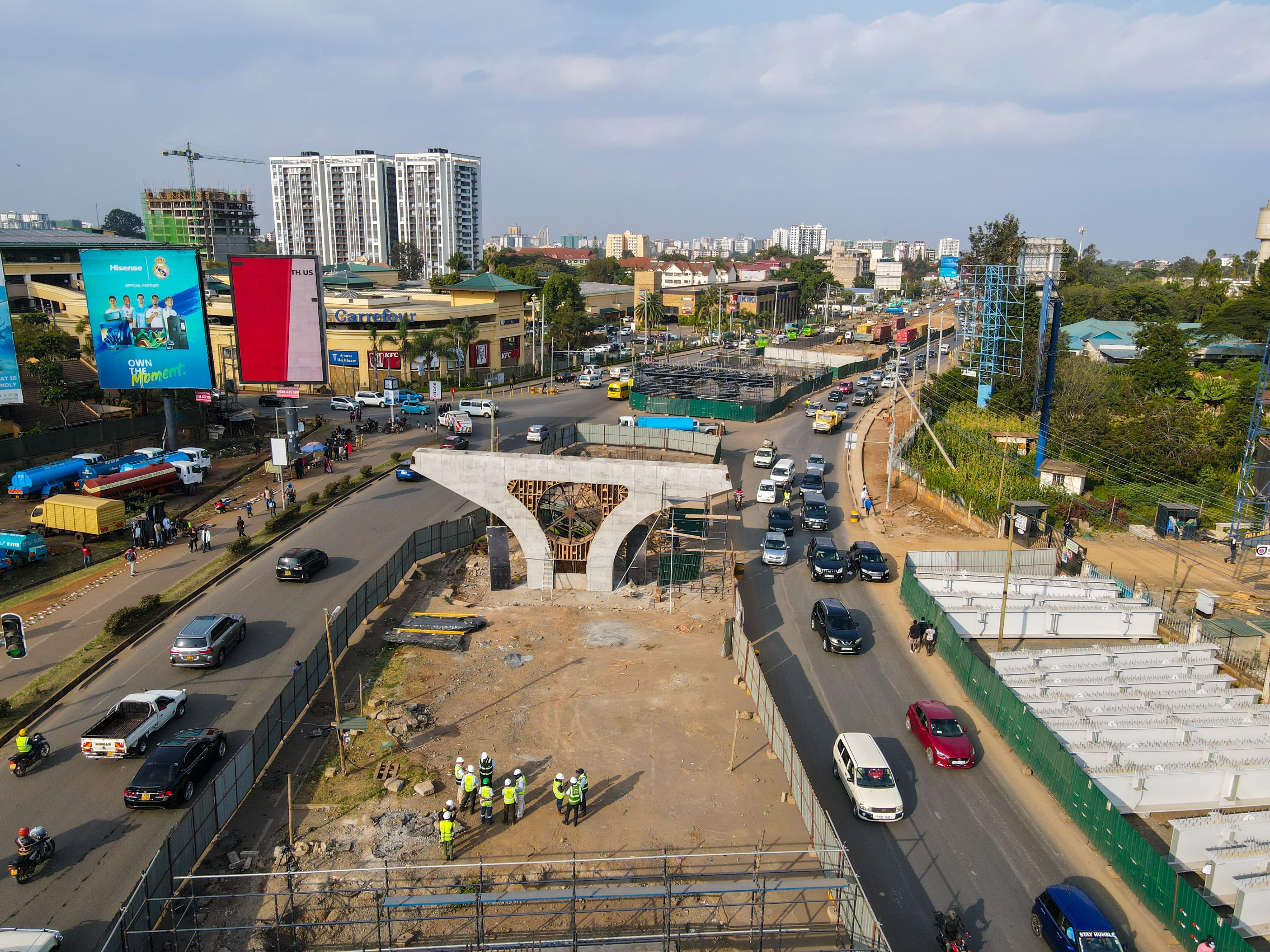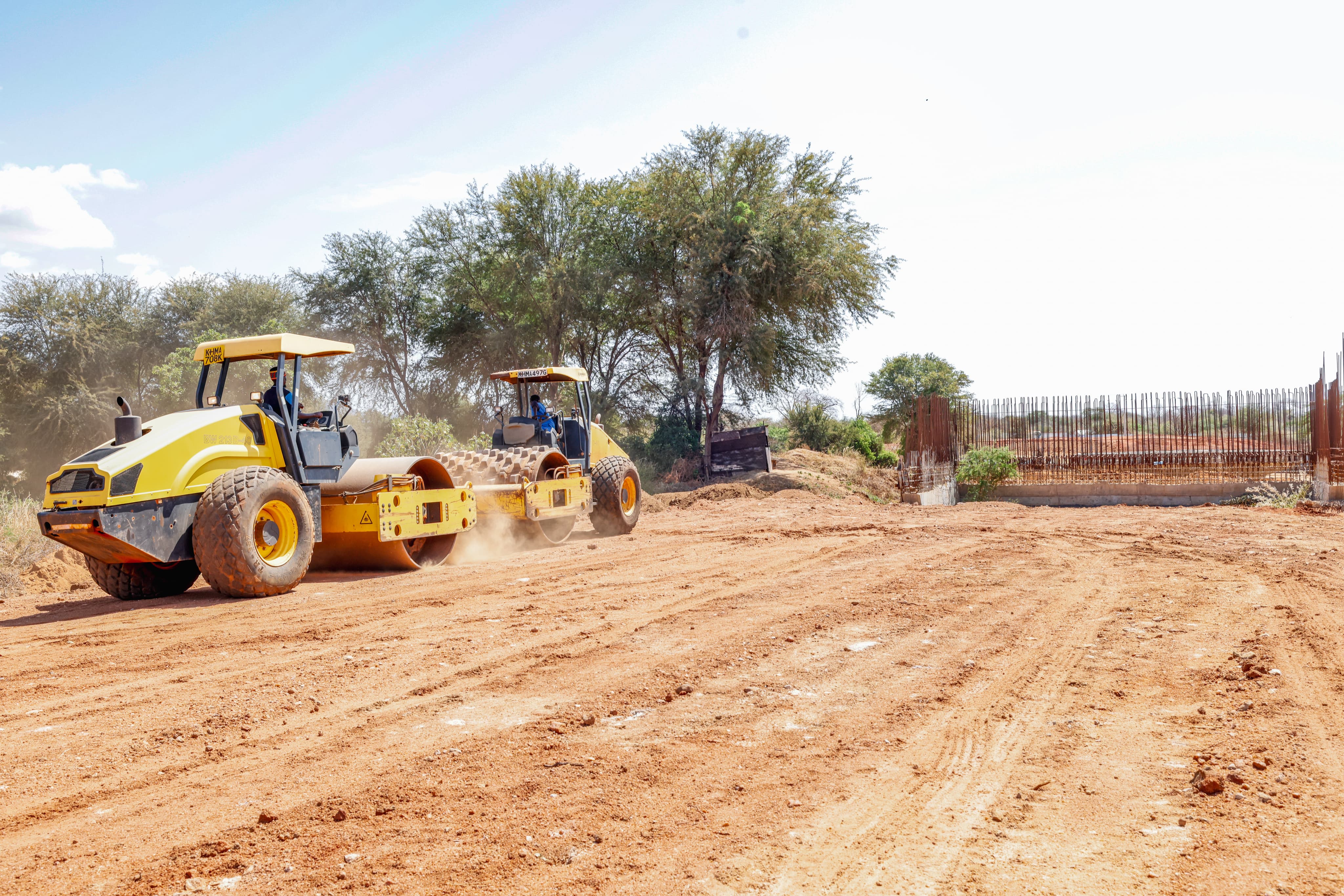
Rusting machines,
abandoned roadworks, and half-dug trenches had become a common sight across
Kenya.
For years, hundreds of
road projects stood still, silent reminders of unpaid bills and stalled
progress.
When President William
Ruto took office in 2022, more than 580 road projects were on hold, tied up in
debts amounting to Sh175 billion.
But that story is now
changing. A large portion of the backlog has been cleared; contractors are back
on site, and the work is finally moving again.
According to the Deputy
Government Spokesperson Mr. Gabrie Muthuma, instead of taking on more debt, the
government chose a bold but practical solution using the Road Maintenance Levy
Fund in a new way.
“By tapping into
expected fuel levy income, the Kenya Roads Board was able to raise quick funds
to pay contractors and restart stalled projects, all without borrowing a cent.”
Mr. Muthuma explains.
This was after the Cabinet approved securitisation, a debt-free
financing solution in April this year that enabled the Kenya Roads Board to
raise funds by leveraging predictable future income from the Road Maintenance
Levy Fund.
The move provided immediate funding without increasing the
country’s public debt with Sh175 billion allocated for phased payments to
contractors, and the Government began unlocking stalled projects.
By July 2025, over 393 out of 580 previously stalled road projects
had resumed, breathing life back into businesses, revitalising communities and
restoring jobs across the country.
While securitisation income, - a financial mechanism that allows an institution to raise funds by
leveraging a predictable future, is not
new globally, this is the first time Kenya has used it on this scale for road
construction.
“Rather than take
loans, the government committed part of future fuel levies to investors in
exchange for money now.
This has worked to get
contractors back on sites and confidence in the government tenders is slowly
returning,” Mr. Muthuma explains.
He notes that three
years later, 393 stalled projects
have resumed, many in regions that had been left behind for years.
In Nairobi, the
upcoming Kenyatta Avenue-Haile Selassie Viaduct is set to rise above some of
the city’s most congested junctions, promising to ease traffic, improve
connectivity and restore lost hours to thousands of commuters every day.
Along the Central-Northern
Corridor, the Kenol-Sagana-Marua dual carriageway is being expanded into a
modern four-lane highway, boosting trade toward Mt. Kenya.
On the Coast, the Dongo Kundu Bypass is being expanded, opening up a critical logistics loop around Mombasa and reducing port delays as well as improving access to the South Coast.

In Turkana, the revival
of the Kainuk Bridge and Lodwar-Kalokol Road is linking remote communities,
while in Western Kenya, works on the Mumias-Musanda Road are reconnecting sugar
zones to regional markets.
Meanwhile, the Isiolo-Kulamawe-Modogashe
Road in the Upper Eastern region is enhancing security and integration under the
LAPSSET framework.
These are not just
roads, they’re lifelines that connect people, businesses and the country as a
whole, says the Deputy Government Spokesperson.
At their peak, the
resumed projects have created or restored over 31,000 jobs, from technicians
and machine operators to construction material suppliers, food vendors and
engineers.
But the impact goes even
further; the ripple effect is being felt across local economies with renewed
business for quarries, hardware shops, transporters and small hospitality
providers around construction zones benefiting a lot.
Many communities are
regaining their footing as the roads bring not just movement, but money and
momentum.
We often talk about
roads in technical terms, referring to culverts, bitumen and axle loads, but at
the heart of it are the stories of beneficiaries of the ongoing roads
construction.
It is about a mother in
Isiolo county who can now get her child to a hospital, a trader in Bomet who
makes it to the market before noon not to mention a bodaboda rider in Kisii who
is no longer stuck in the mud during the rains.
As President Ruto noted
in a recent development tour, “We are not just building roads, we are opening
up lives.”
With more projects set
to resume in the coming months, the government hopes to complete all stalled
roadworks by the end of 2026, setting a new standard for infrastructure
recovery.
OGS, Elsie Wanyoike works at the Office of Government Spokesperson











